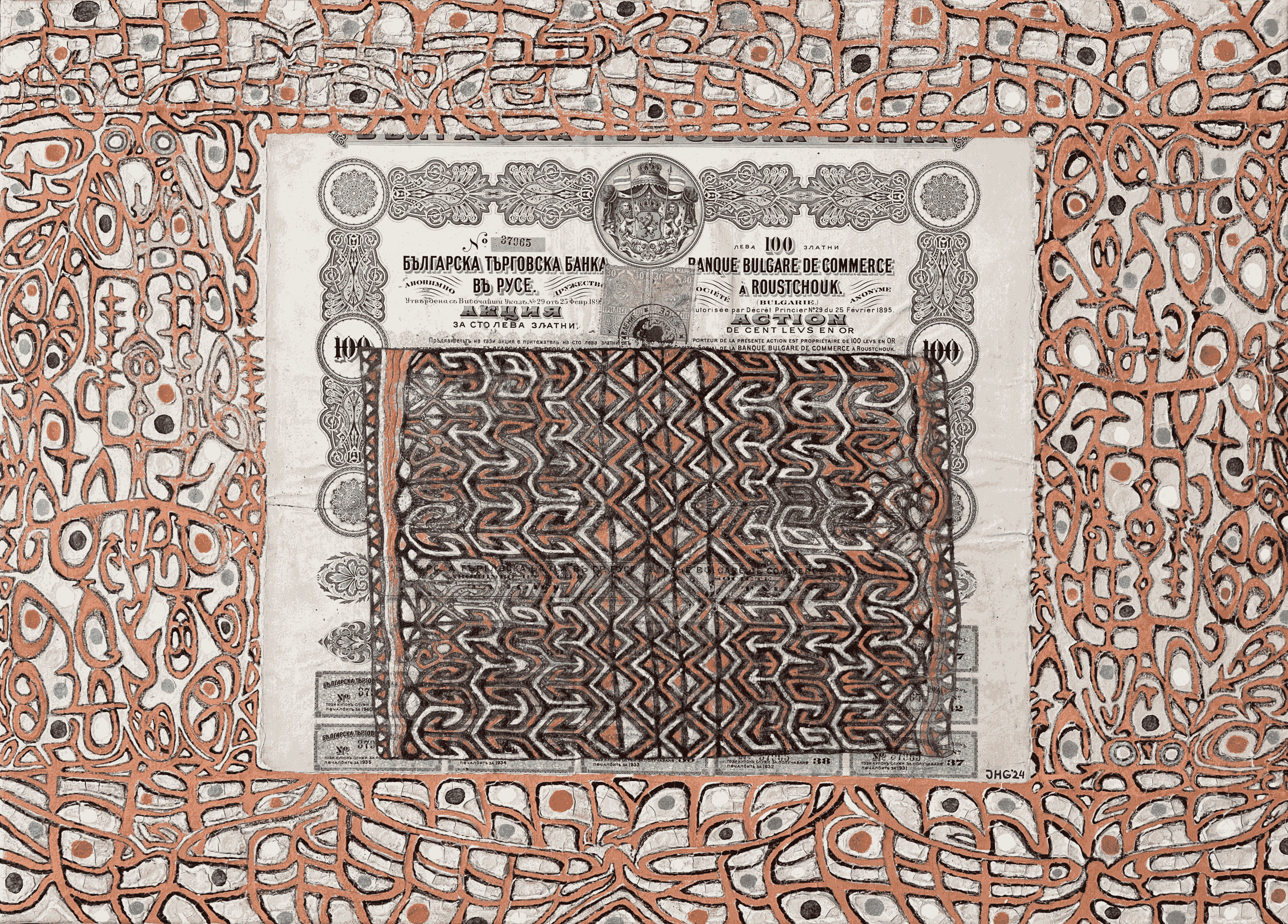
Souvenir de Roustchouk à la Asmat
2024
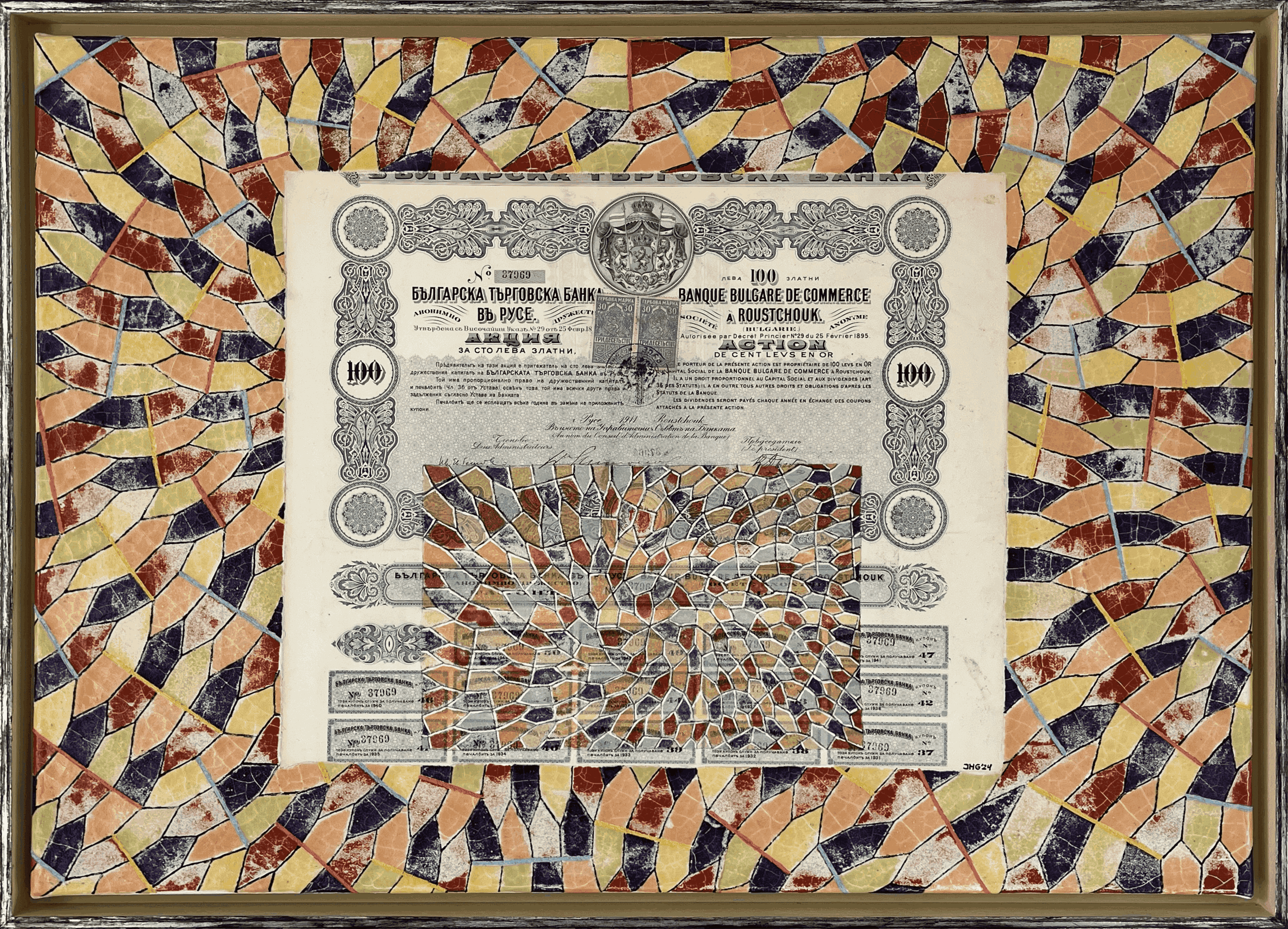
Souvenir pentagonale de Roustchouk
2024

Composition 2024
2024
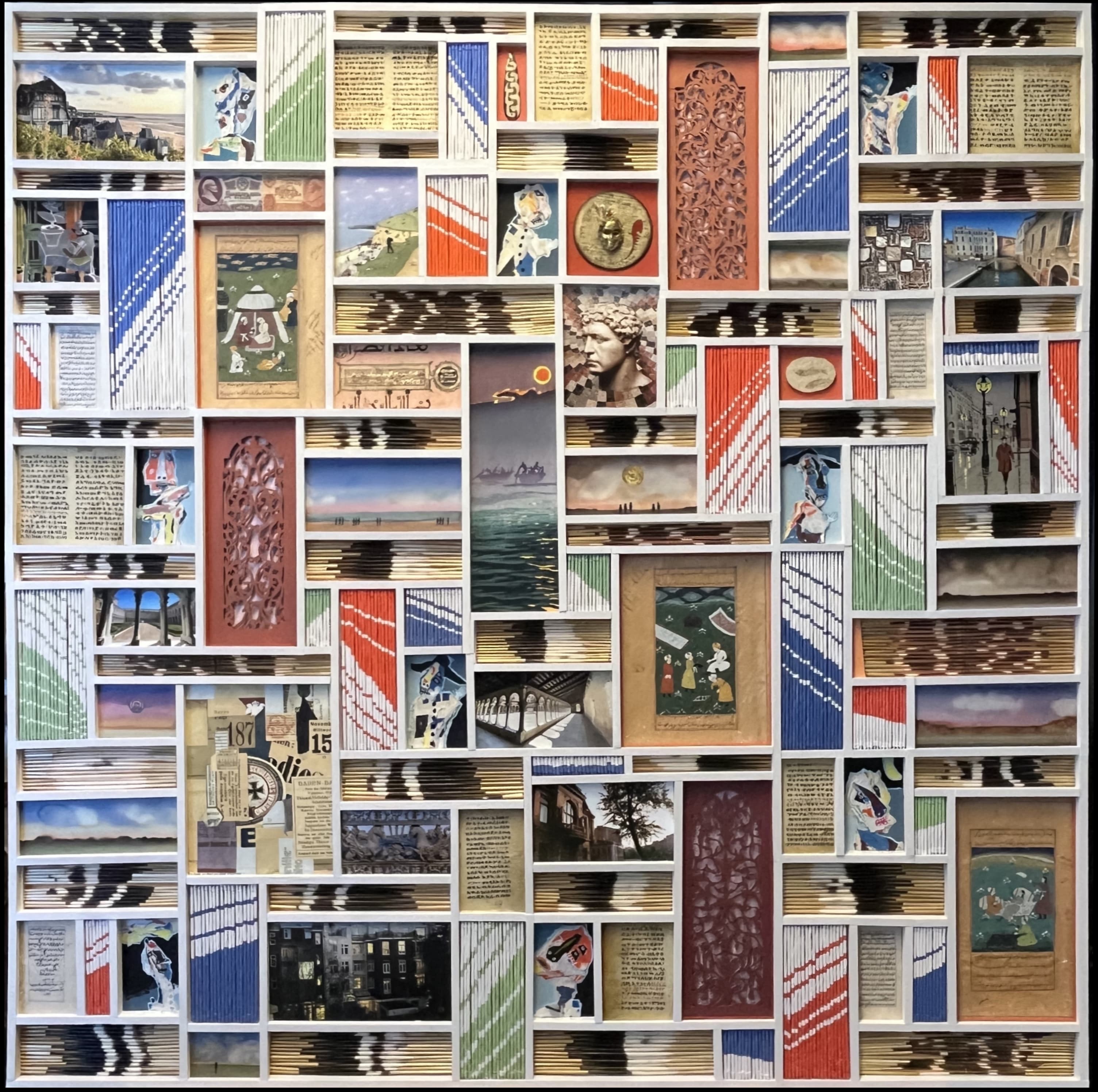
Composition 2025
2025
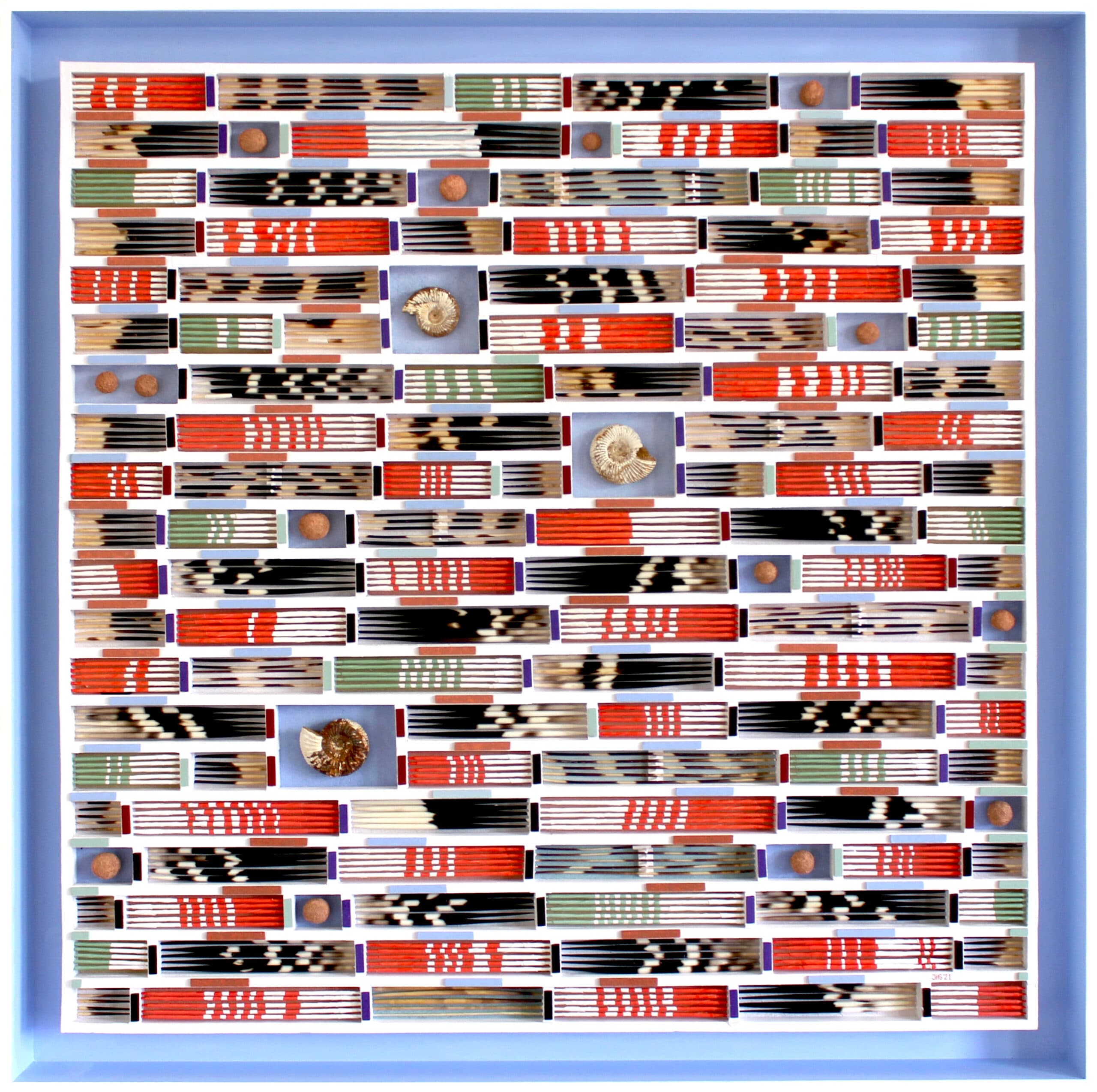
Porcupine I
2021

Division of the plane with various elements
1997
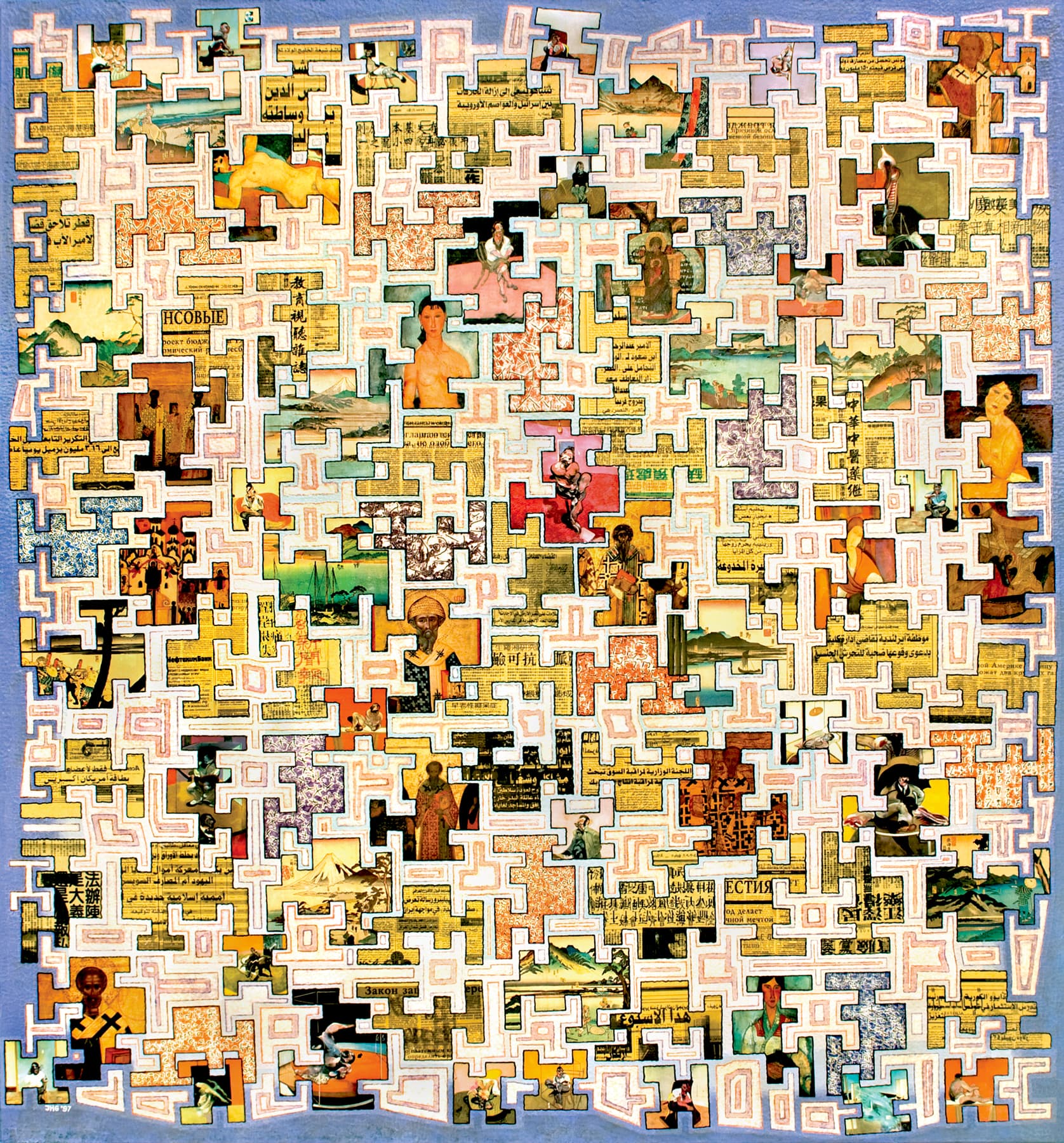
Disconnected tiling old and modern
1997
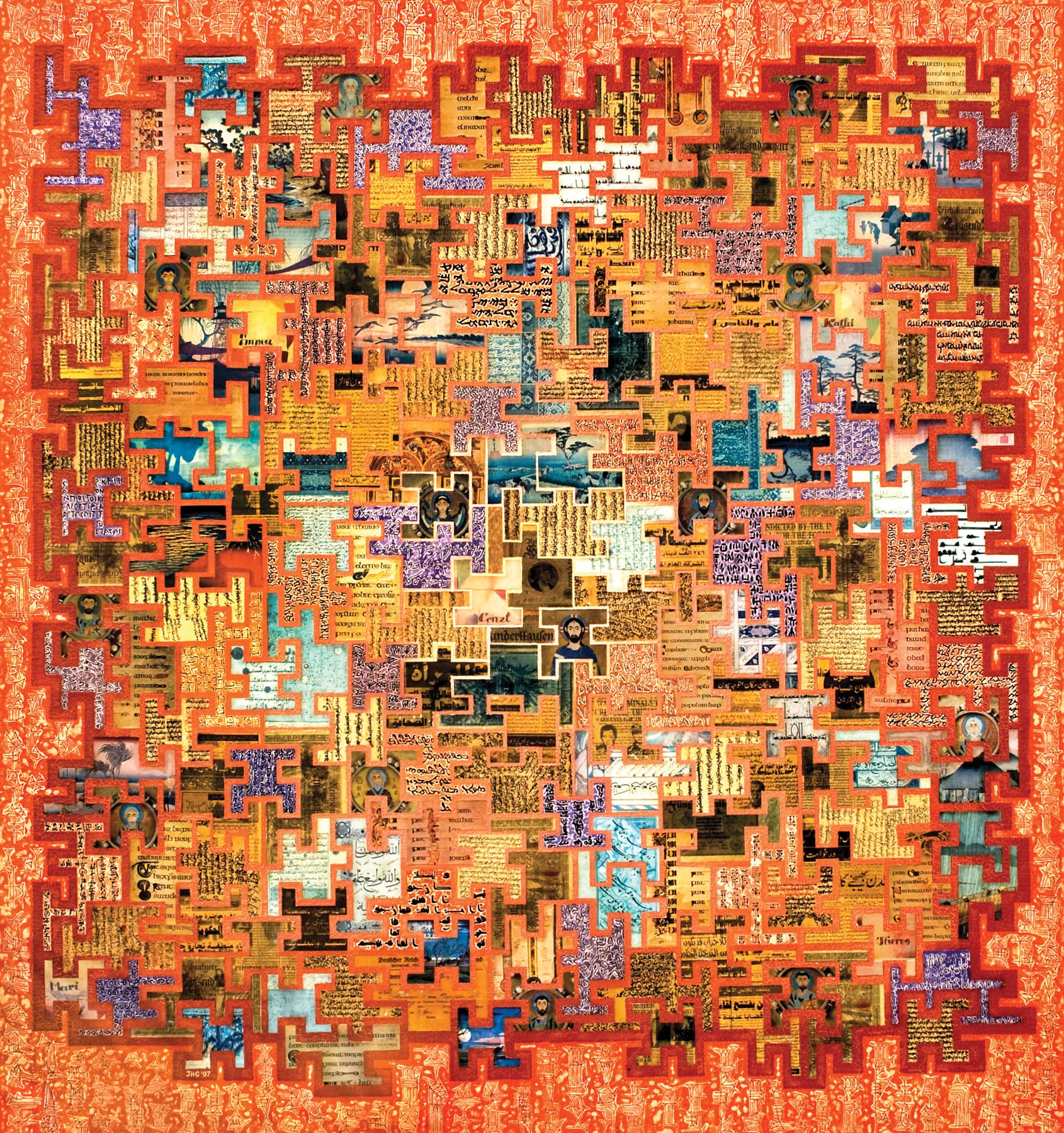
Tiling with handwritings
1997

Changing pattern with opening
1990
%202012%2C%2040%20x%2050%20cm.jpg&w=3840&q=75)
Cepir-344 . Russian stock paper 1906
2012
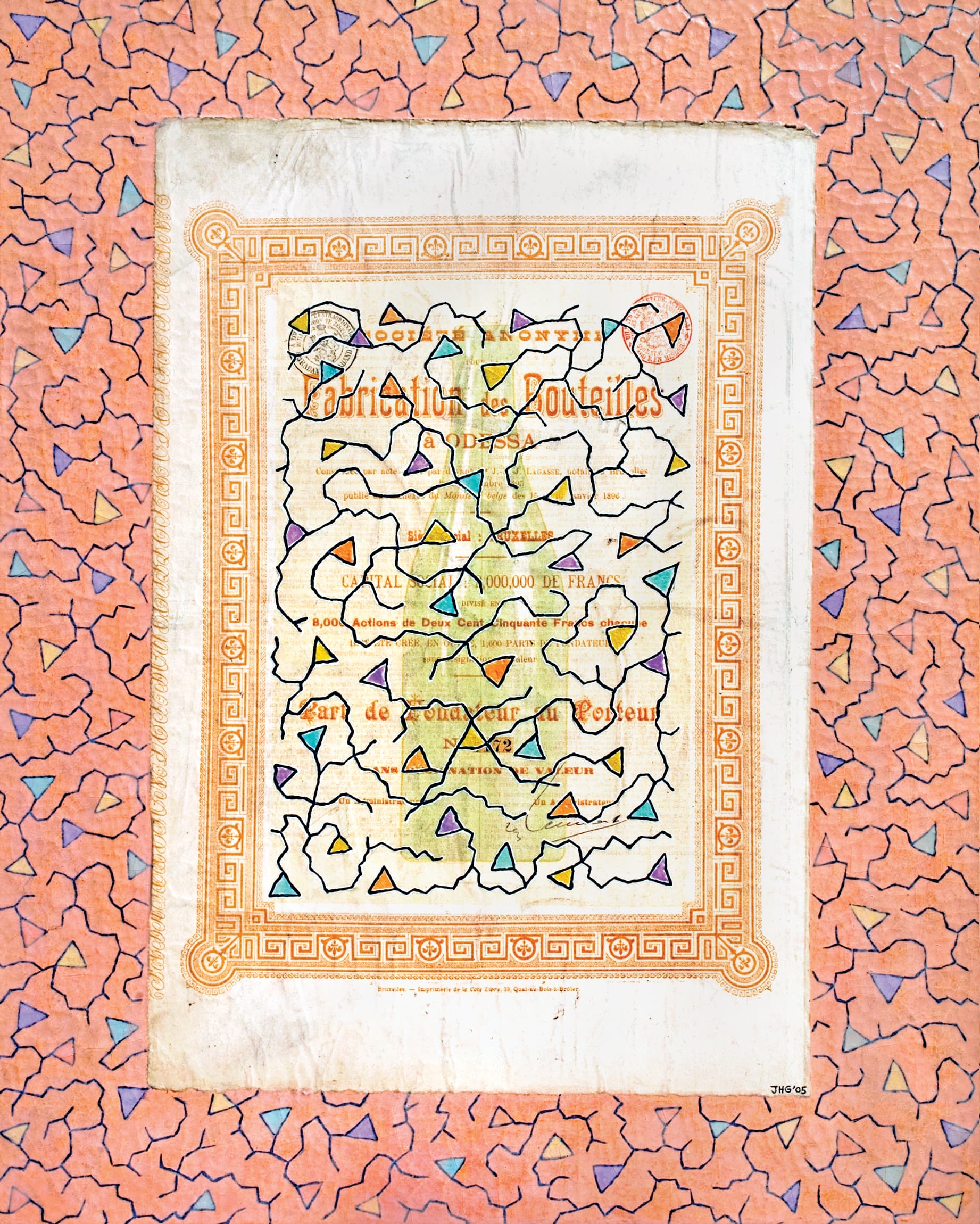
Fabrication des Bouteilles à Odessa I
2005
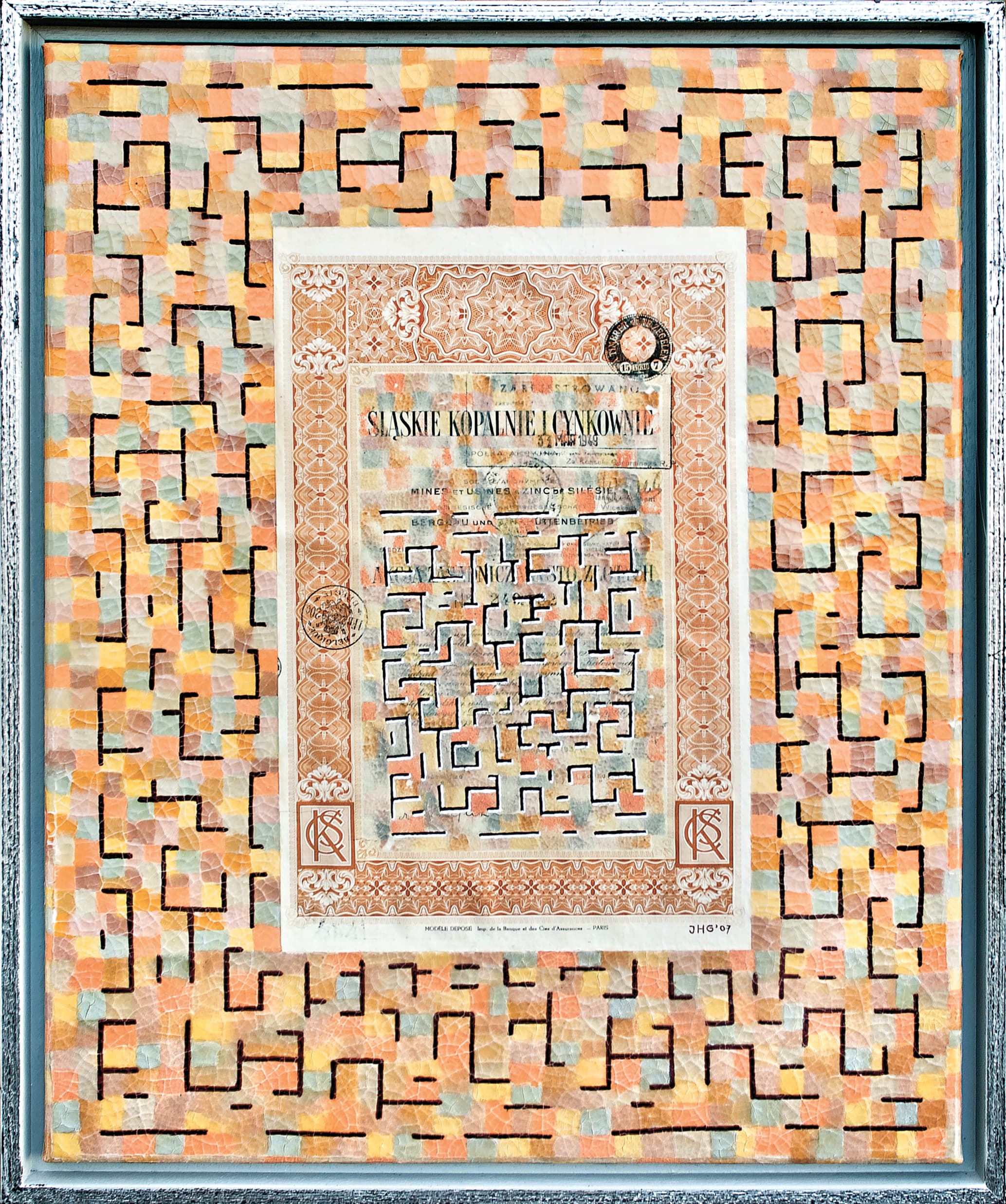
Mines et Usines Zinc de Silésie
2007
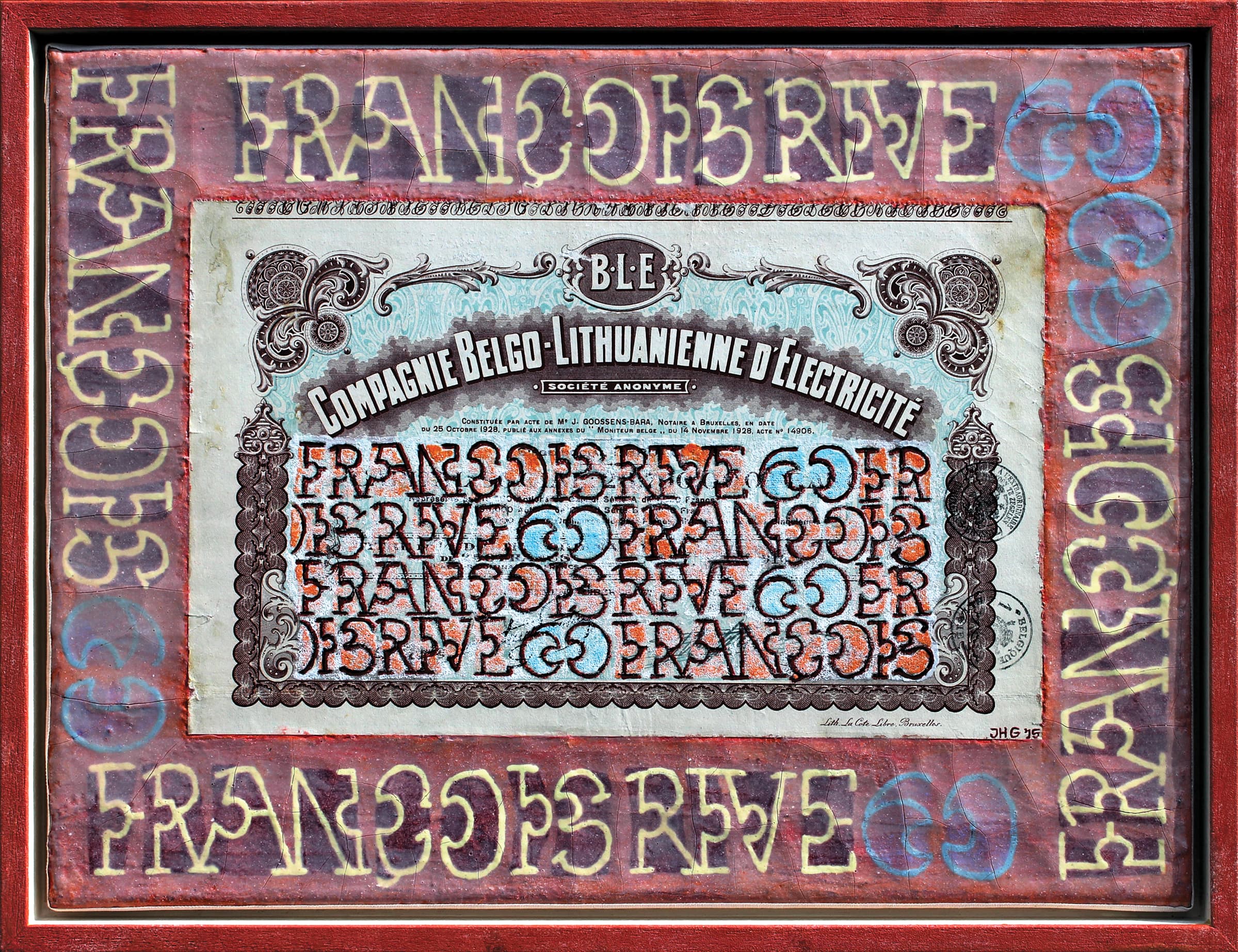
François Rive 60
2015
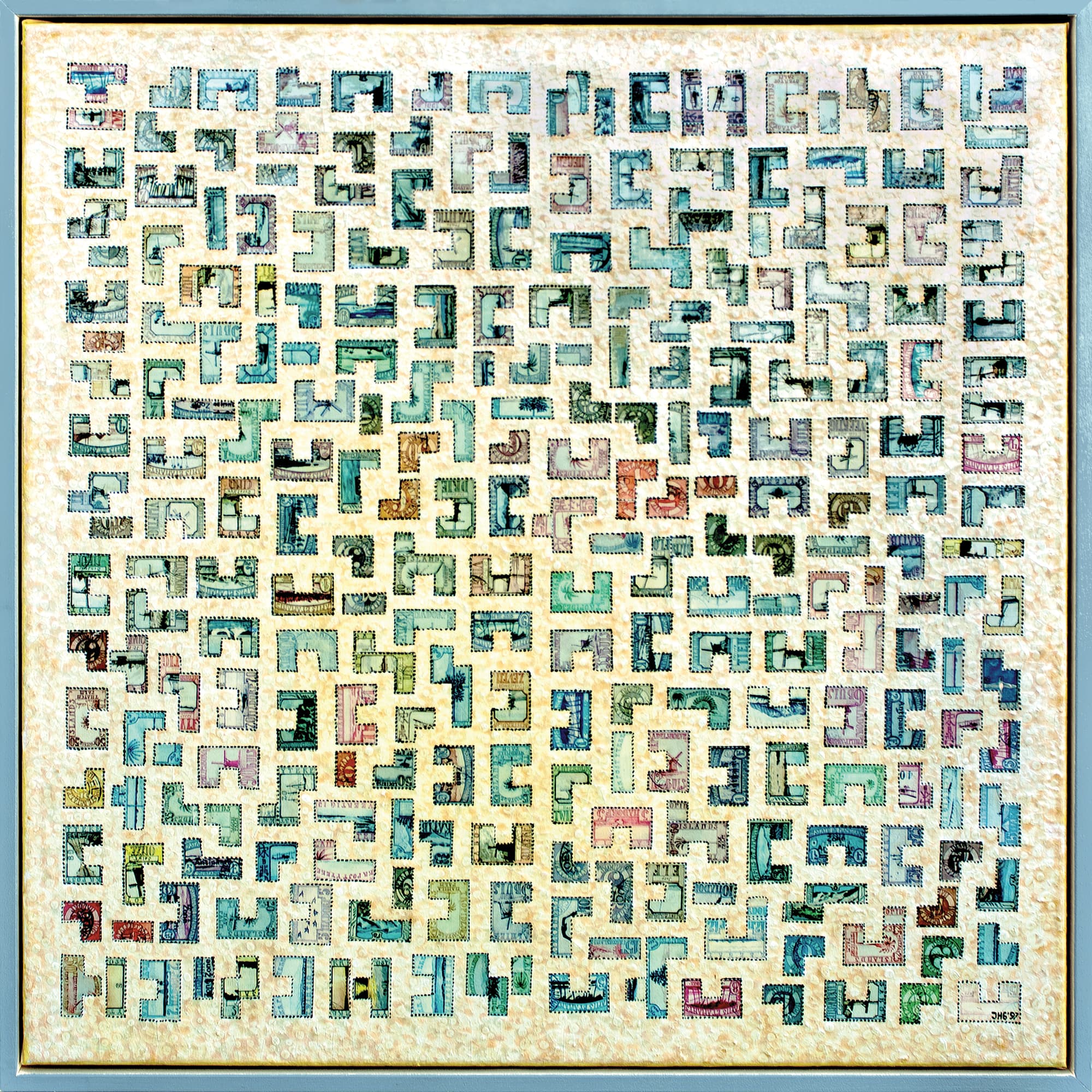
Division of the plane with stamps
1997
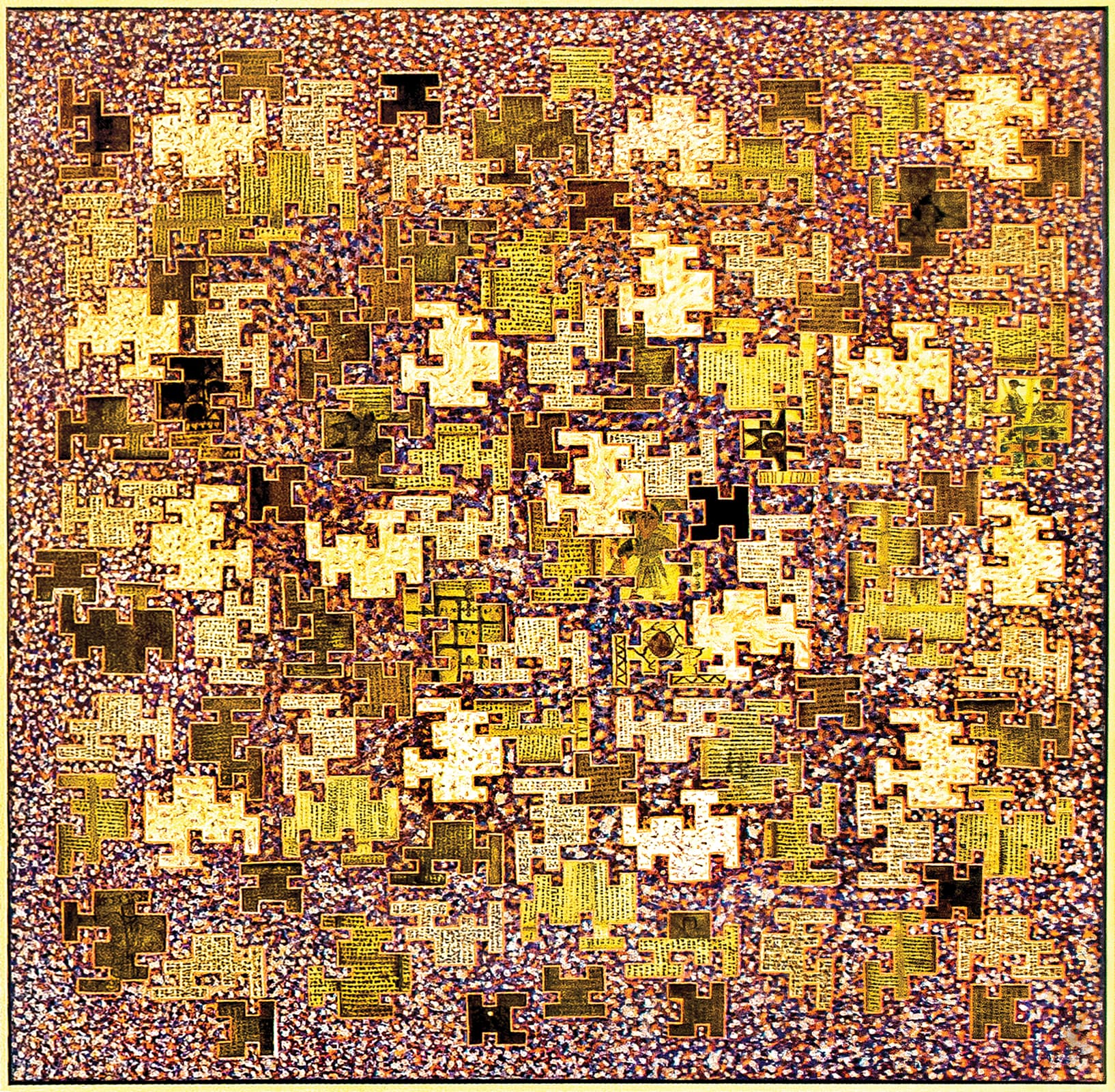
Disconnected Coptic tiling
1996
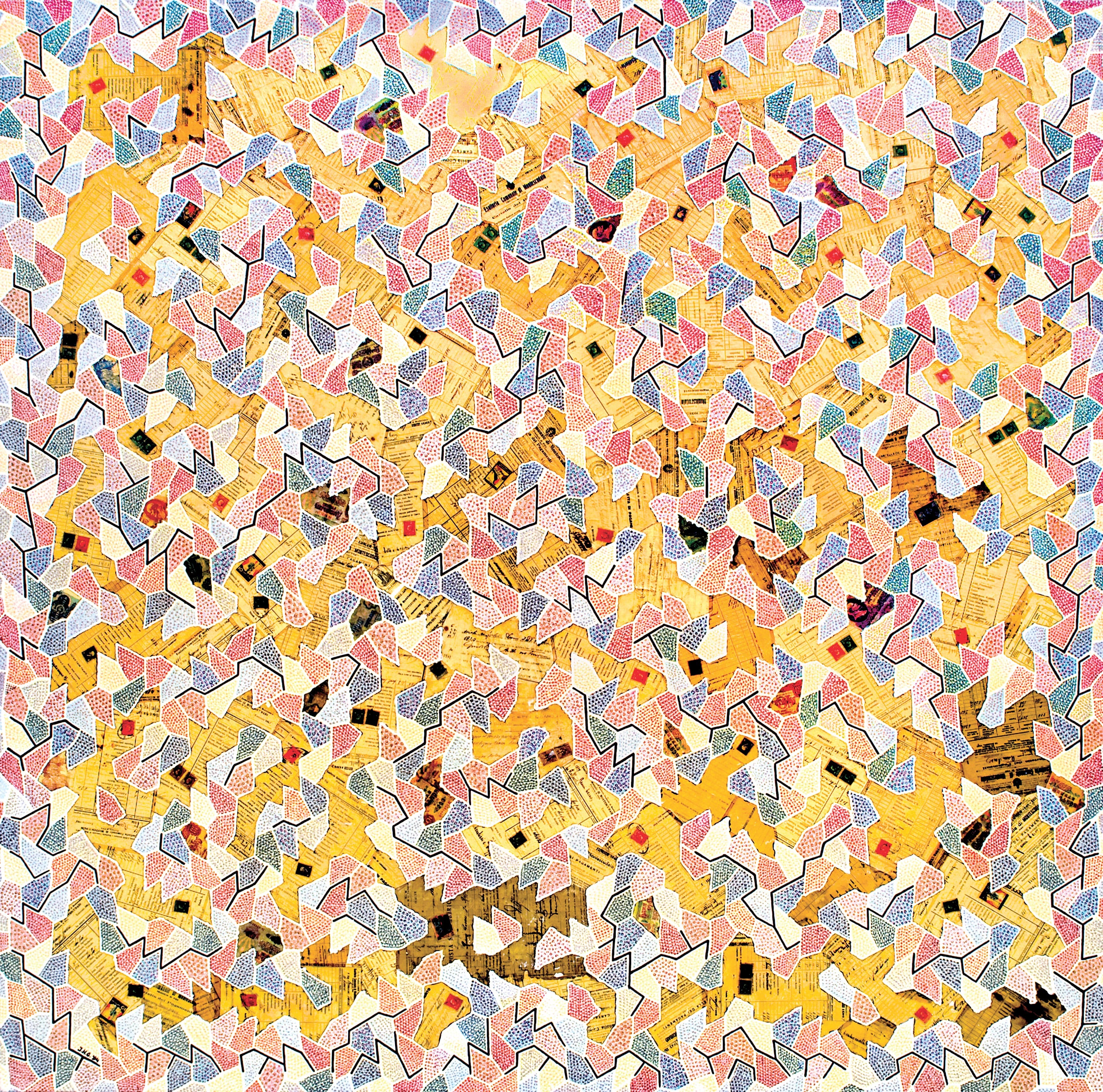
Tuscan tiling I
1994
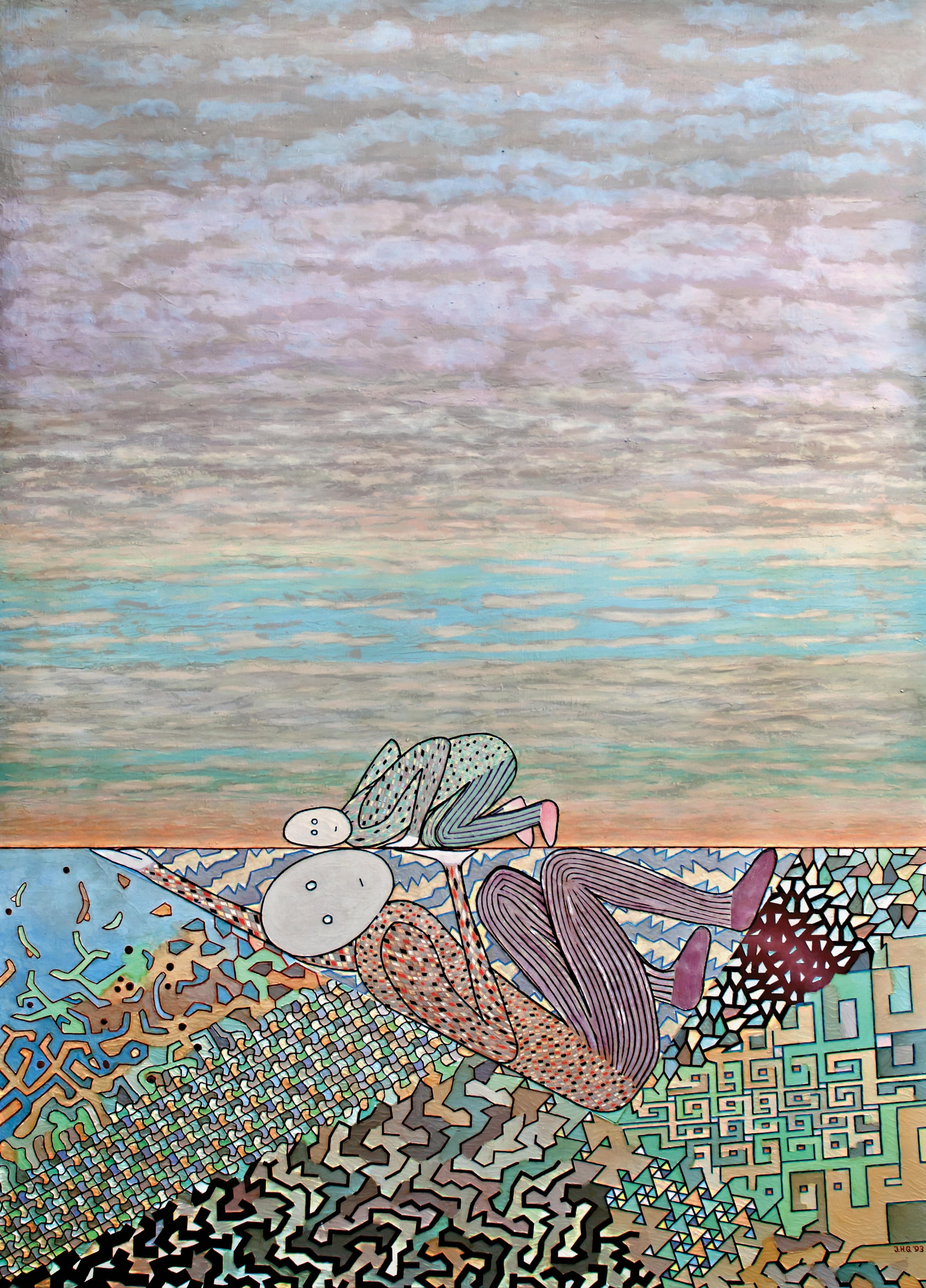
Two worlds
1993
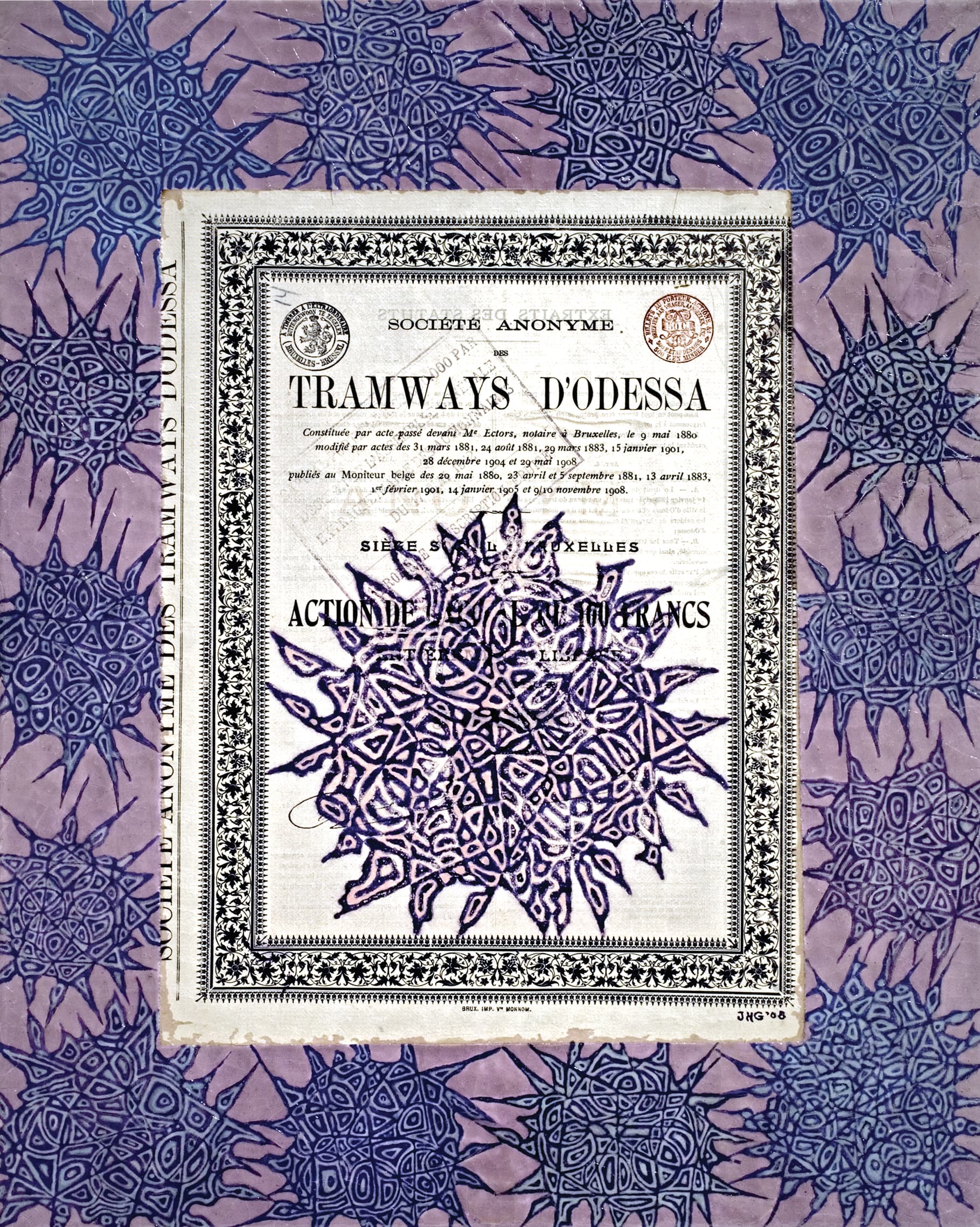
Tramways d'Odessa II
2008
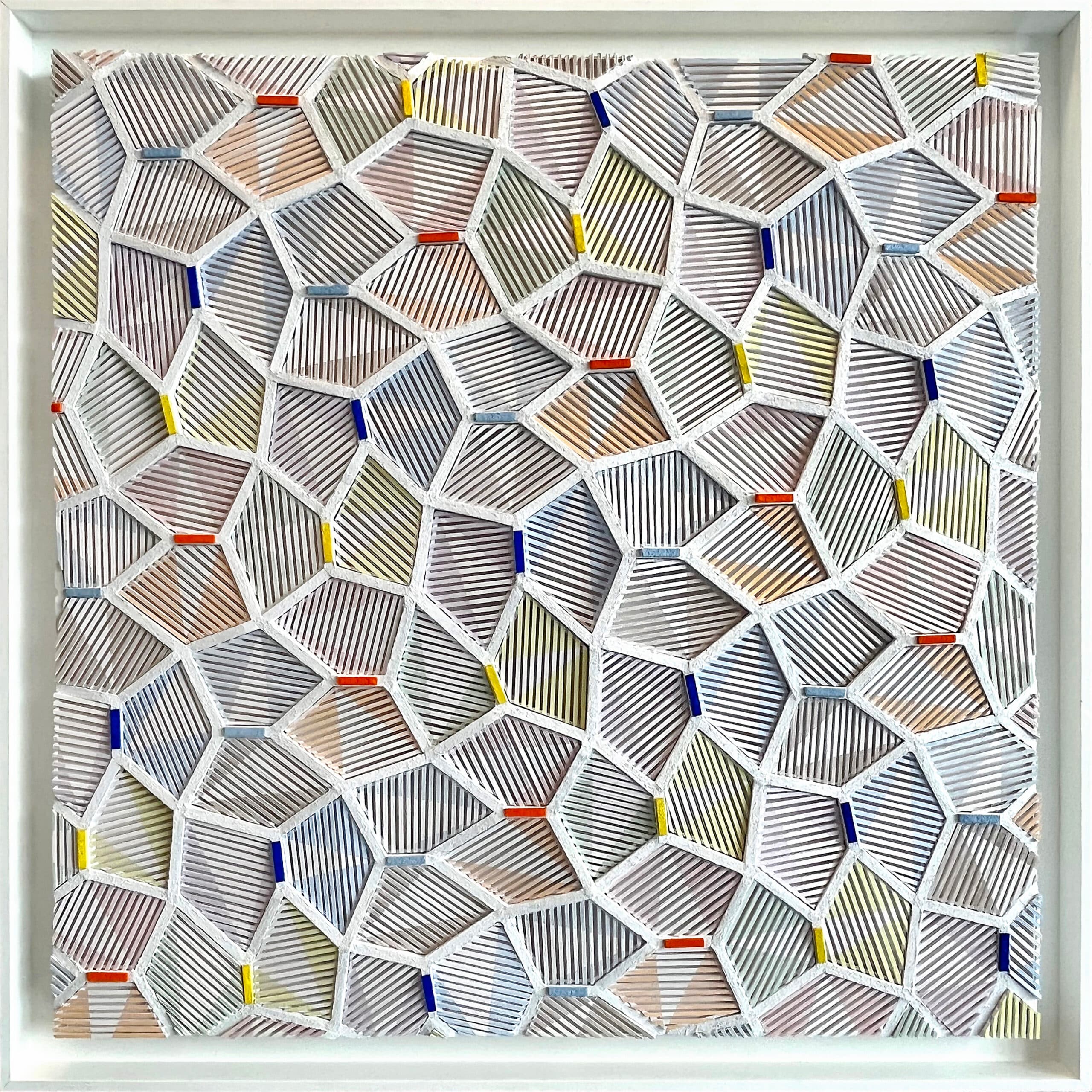
Composition No.2
2022
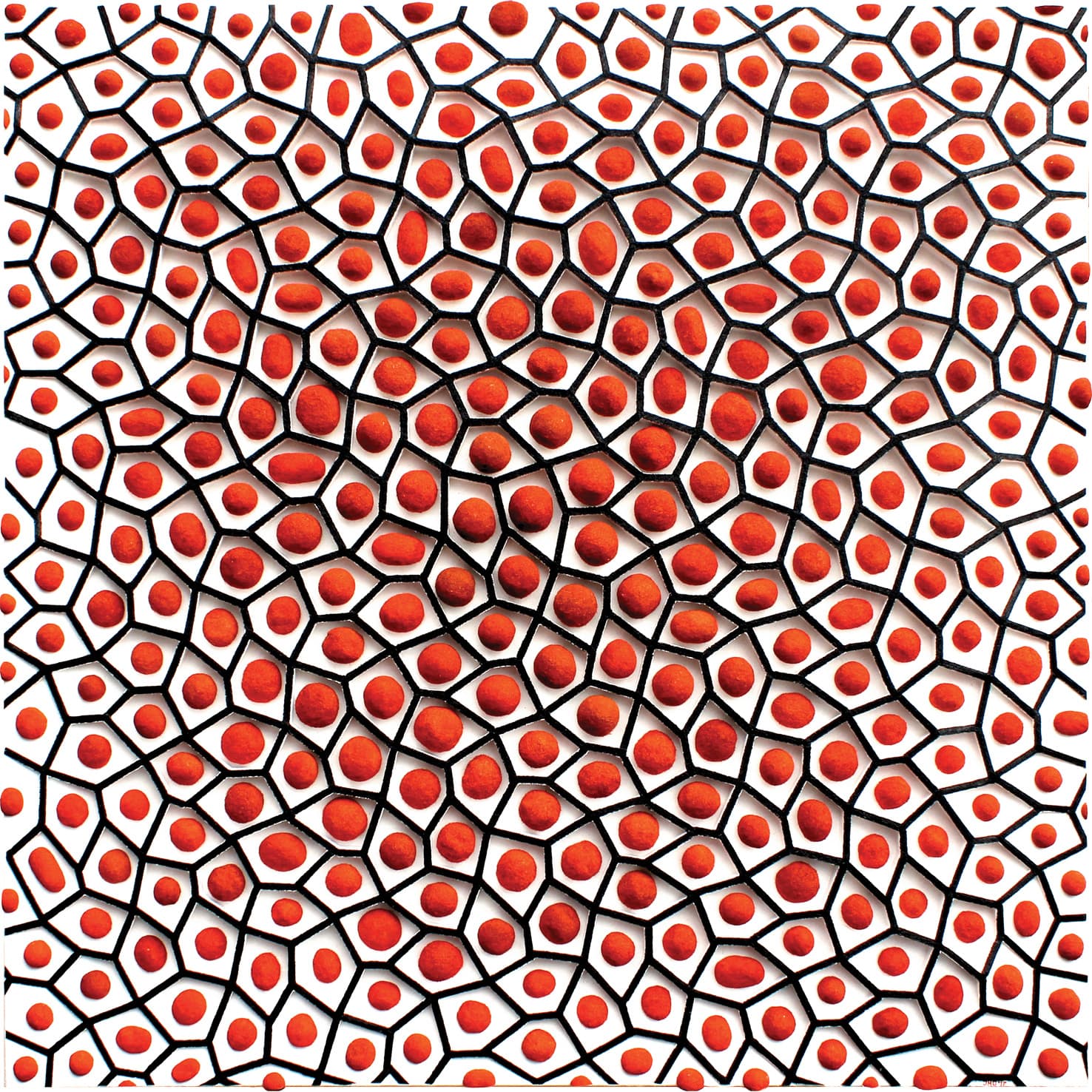
Composition 2017
2017
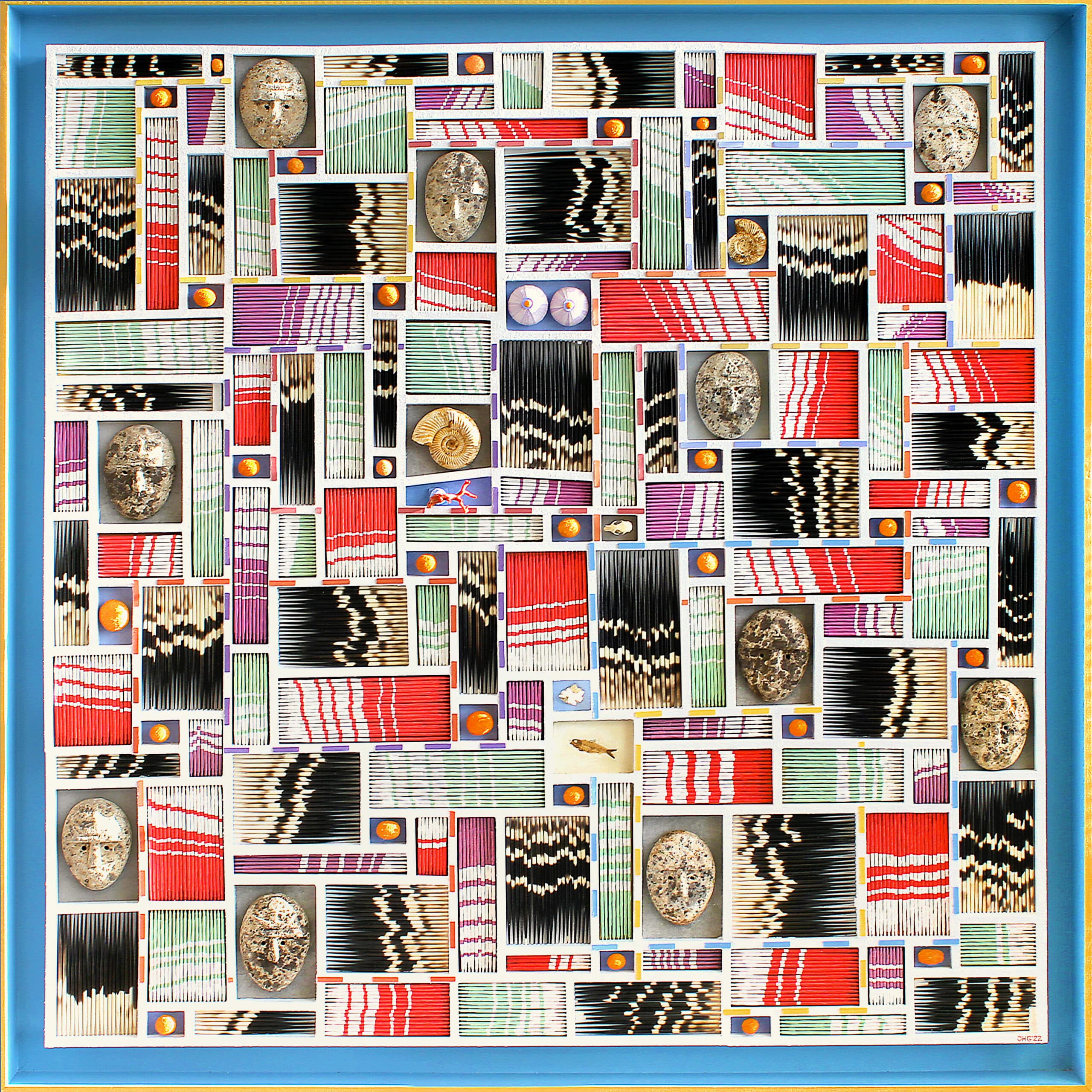
Porcupine Boogie Woogie II
2022
.jpg&w=3840&q=75)
Composition 2014
2014
Selected Works

Composition 2017
2017
A large-scale abstract composition with harmonious geometry and natural materials

Porcupine Artworks
2021
A series of works using porcupine quills as the primary medium

Composition No.2 - 2022
2022
A sophisticated geometric composition with bold colors
About the Artist
Jaap Goedemoed is an Amsterdam-based artist known for his distinctive geometric abstractions and innovative use of materials. His works explore mathematical patterns, particularly pentagonal tessellations, creating intricate structures that balance precision with artistic intuition.
With influences from ethnographic art and modernist traditions, Goedemoed creates compositions that bridge cultural and artistic boundaries, incorporating found materials and historic documents.